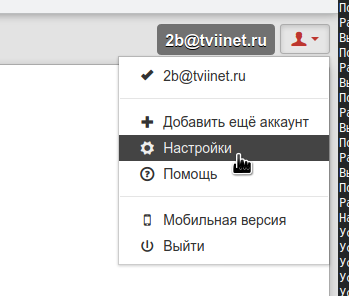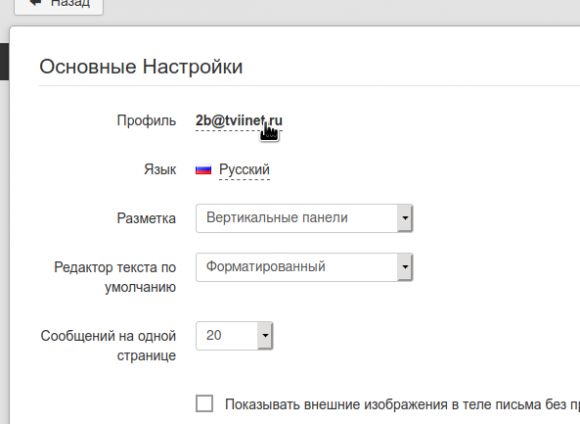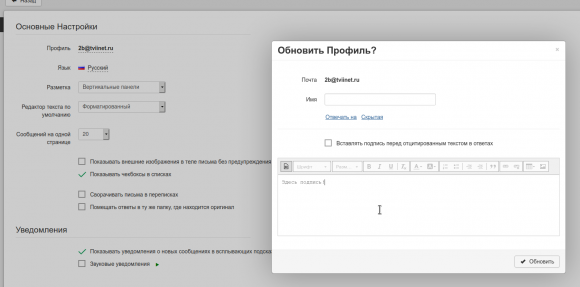Не легкий путь поиска даты посещения страницы в Firefox
Предыстория: приспичило мне посмотреть историю посещения определённой страницы в FireFox. Казалось бы просто? Открывай журнал, вводи в поисковой странице ссылку и вот оно. А нет. Firefox показвает только дату последнего посещения и количество посещений.
Что делать?
1) Найти файл places.sqlite в своем профиле
2) Скачать и установить любой просмотрщик файлов формата sqlite
3) Открыть файл и выполнить запрос вида (поставьте свой url):
|
1 |
SELECT datetime(visit_date/1000000, 'unixepoch'),visit_date FROM moz_historyvisits where place_id in (SELECT id FROM moz_places where url='https://rutracker.org/forum/viewtopic.php?t=5879074'); |


